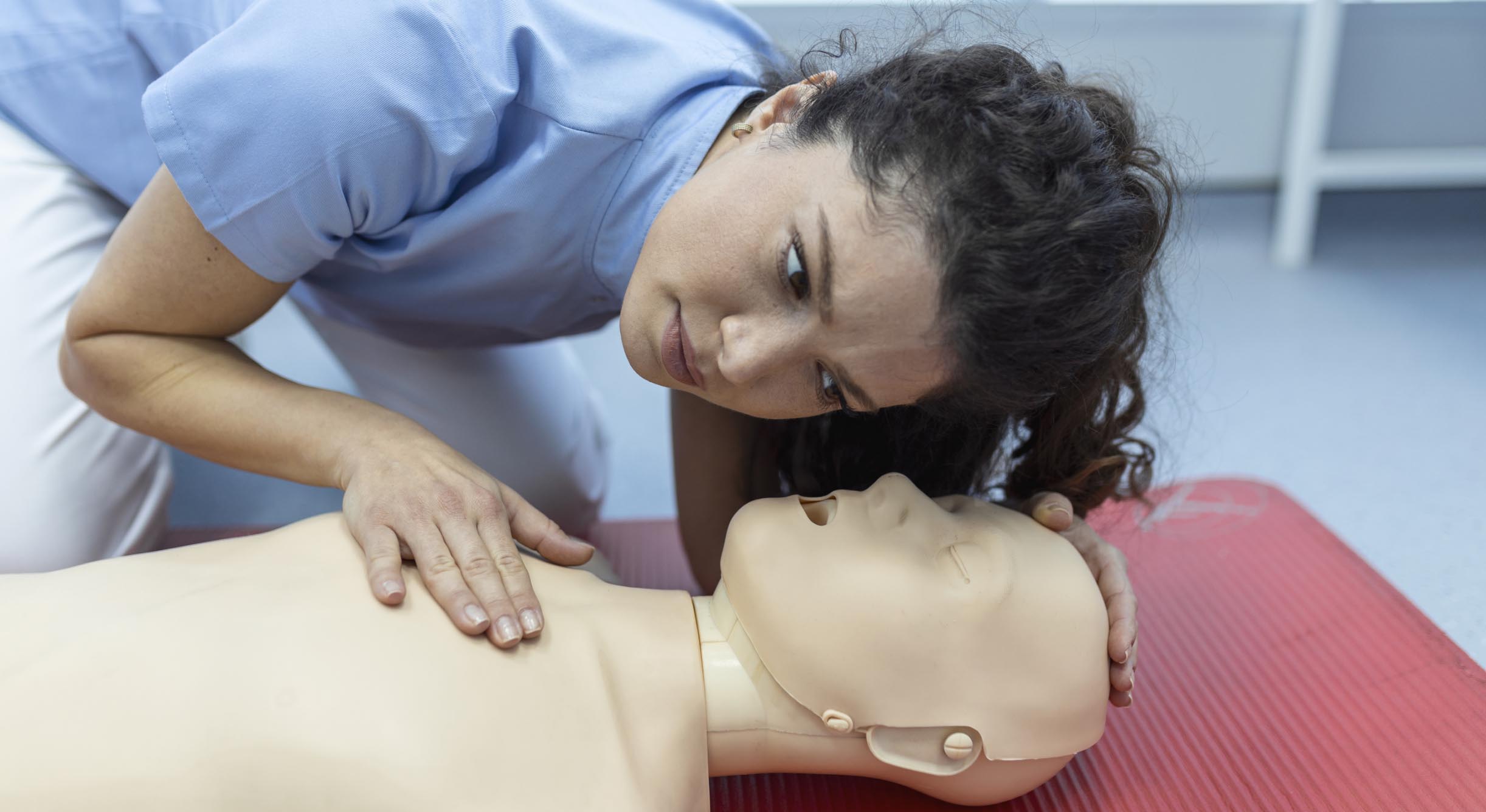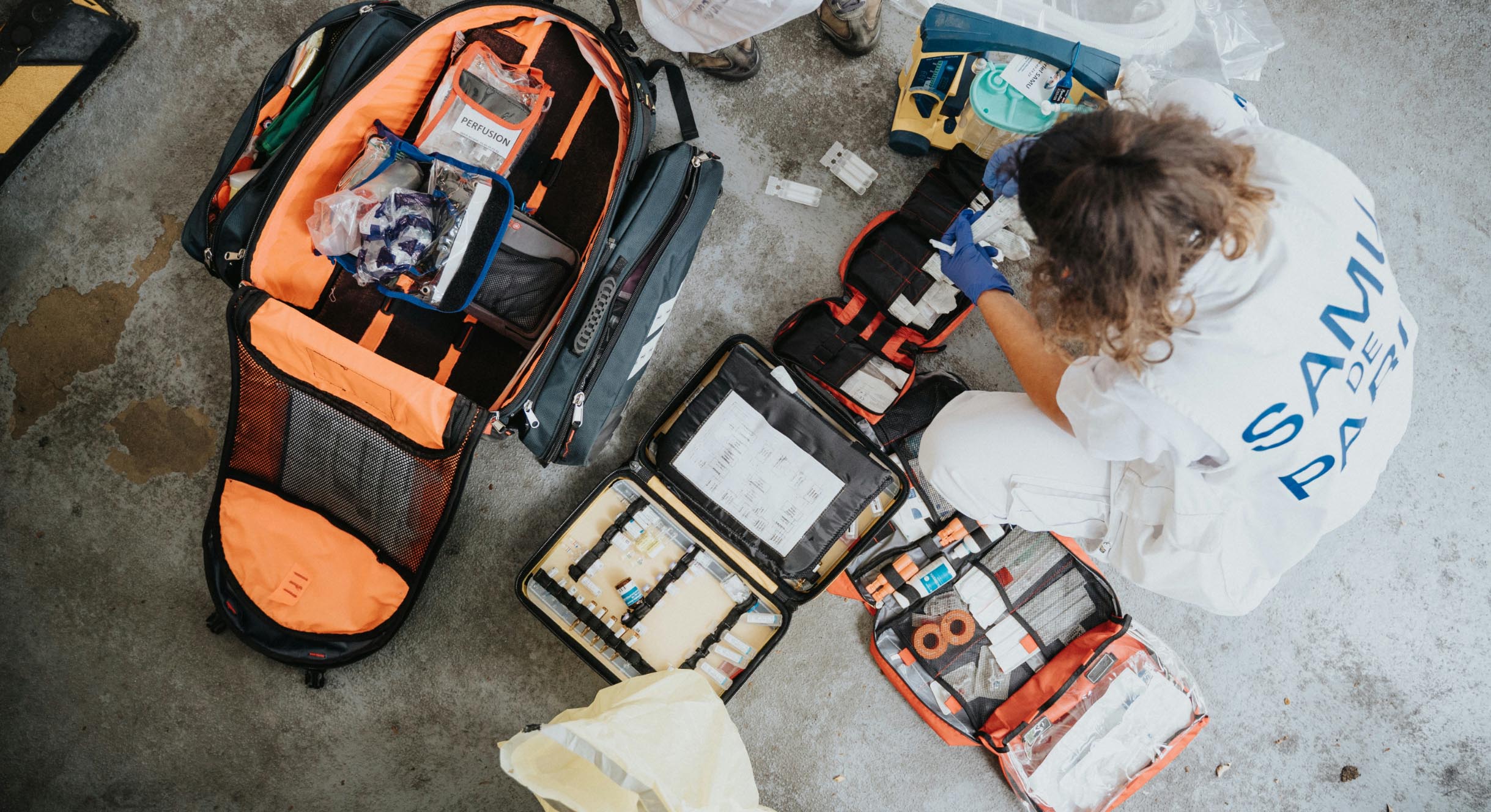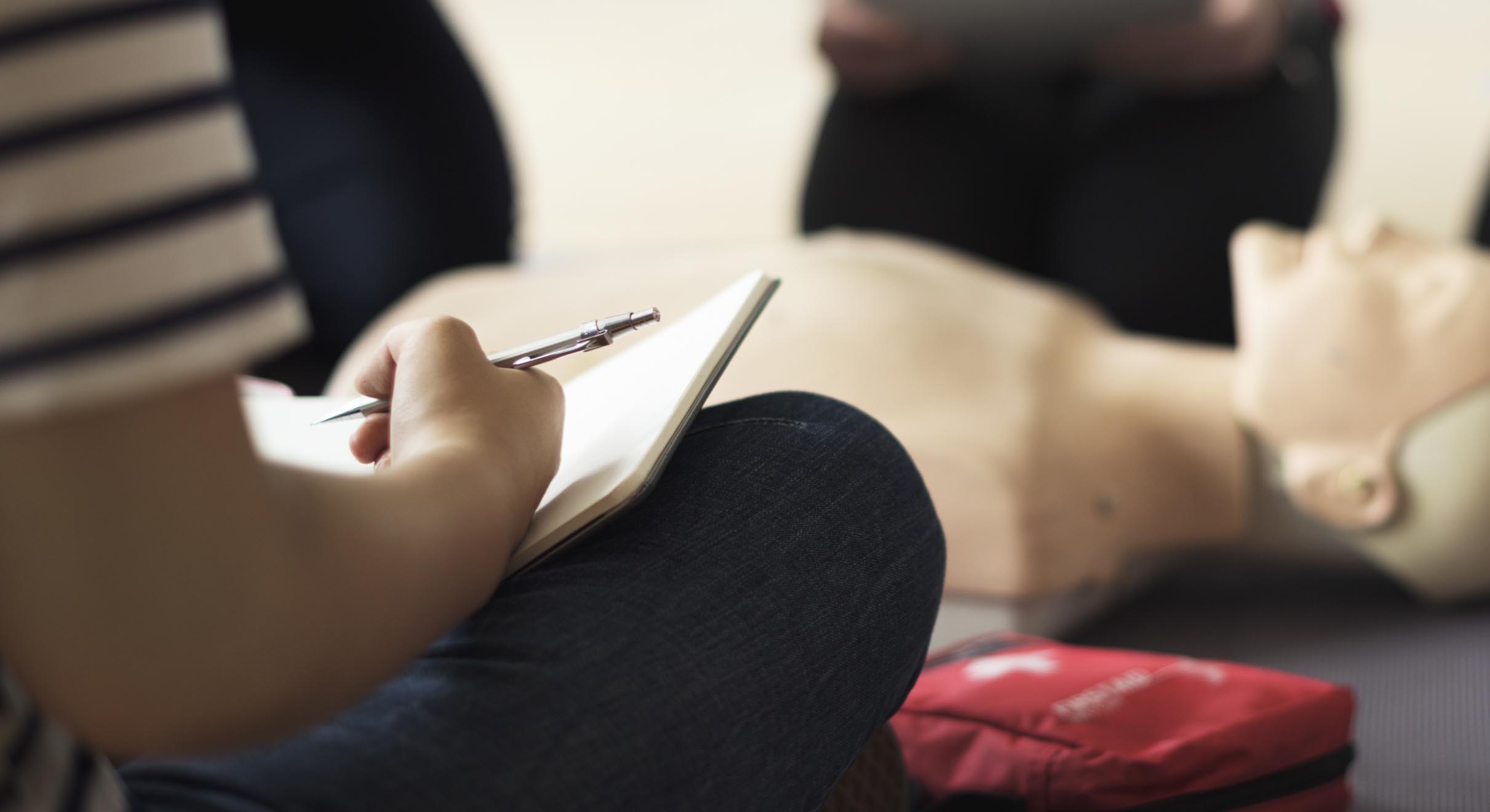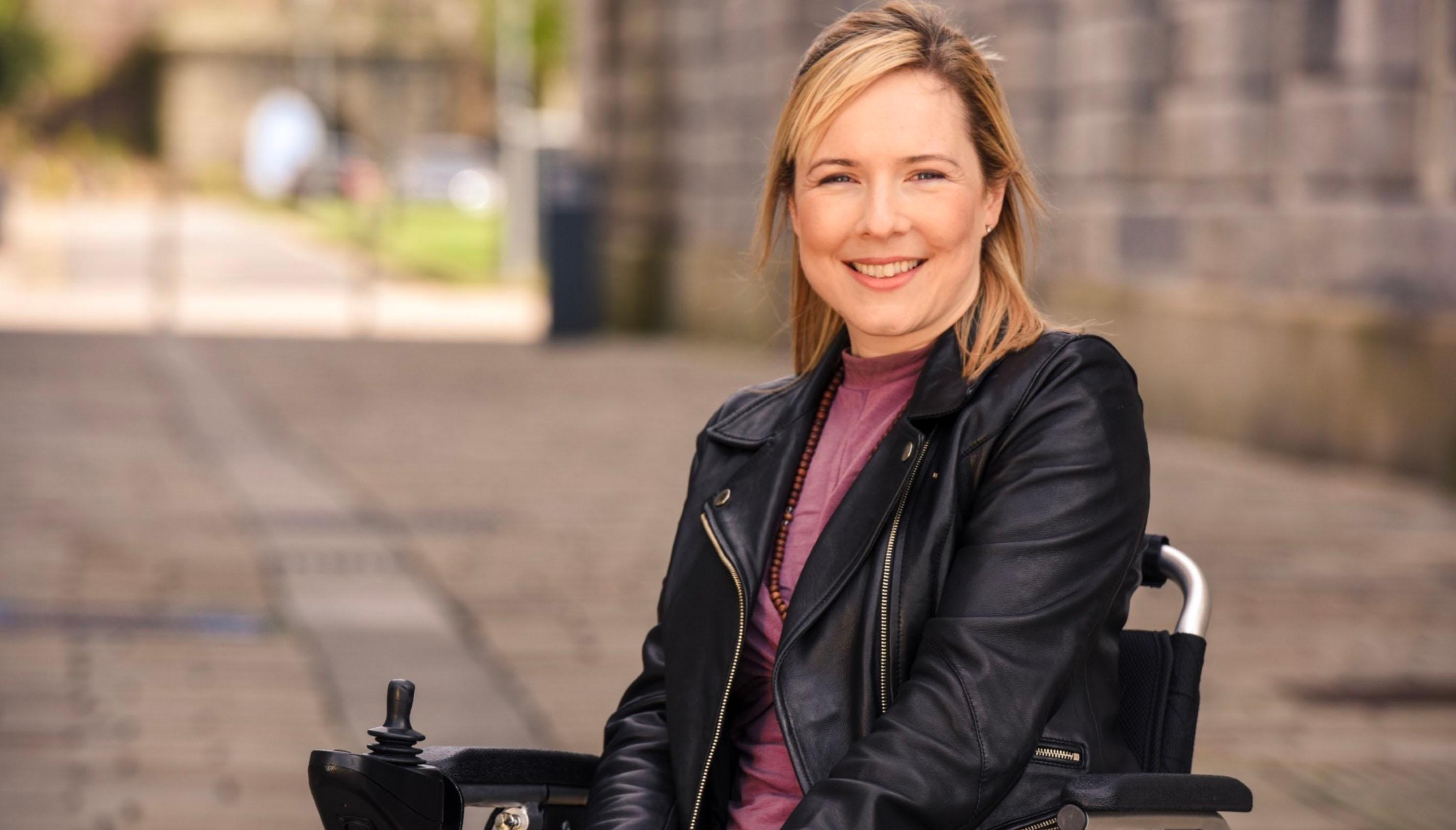Read this, it could save your life
By Catherine Evans

Did you know you can register your phone with 999? Just text ‘Register’ to 999. You will instantly receive a message asking you to confirm your registration. It’s that simple. You can then text Emergency Services if you’re ever in need of help, which may save your life if you’re low on battery or unable to speak. You can also text your location PIN or your co-ordinates, particularly useful if you can’t describe exactly where you are.
Put your medical details, such as medical conditions and allergies, on your phone via the Health App. This can be accessed by first responders without the code.

- First, assess for danger, not only to your casualty, but for yourself. You can’t help anyone if you are damaged or debilitated. Keeping yourself safe is paramount. This includes possibly using PPE in order to avoid infection.
- Always approach your casualty from the feet, so that they don’t have to lift their heads or twist their spines to respond to you, potentially catastrophic in the event of a spinal injury.
- Shout for help if anyone is nearby, and/or make a call to 999.
- If they’re conscious, get their consent to administer first aid.
- Keep them as warm and comfortable as possible. Talk to them and reassure them. If appropriate, put them in the recovery position, as this will keep their airways clear. ‘Ladies with heft should go on the left’: pregnant ladies should lie on their left side, to prevent the baby from pressurising their organs.
- If their faces are red, lift their head.’ Redness in the face indicates compression or potential skull injury, so they should be kept upright to avoid blood collecting in the head.
- ‘If their faces are pale, lift their tail.’ If they are very pale, they should lie on their backs with their legs elevated to promote circulation.
- If you suspect your casualty has had a heart attack, put them in the lazy W position: i.e. slumped against a wall with their knees up. Give them aspirin if they’re not allergic to it, as this will thin the blood and hopefully reduce clots.
- If your casualty is unconscious, follow your ABC:
- Airway – establish their airways are not blocked. Gently tilt their chin upwards and open their mouth to check.
- Breathing – look, listen or feel for signs of breathing
- Circulation/Compression – you may need to get this going with CPR – cardiopulmonary rescuscitation.

The ABCs are paramount! The course leader showed us a picture of a motorcyclist who had lost his leg at the thigh from the force of a collision. The bystanders on the scene had tourniqueted his leg so neatly and effectively that the bleeding stopped. Unfortunately, they had failed to ensure that his airways were clear. While they were working on his leg so assiduously, he was suffocated by his helmet. Those poor people who were busting a gut to help him are probably haunted by his death to this day.
CPR involves administering 30 compressions then two breaths after pinching your casualty’s nose and making a seal with your mouth effectively enough to ensure their chest rises. This is hard work and you will quickly tire, so getting help is vital.
CPR alone is unlikely to do the trick, but it will minimise neurological and brain damage. Do your best to keep going until the cavalry arrives. For the best outcome, you need a defibrillator. 999 will tell you where to find the nearest defibrillator and will give you the code. The defibrillator will ‘talk’ you through the instructions.
My absolute Top Tip for first aid? Do a first aid course. Without direct experience, none of us have any way of knowing whether we will respond appropriately in an emergency, but at least if you have some training you have a halfway decent chance of helping someone. You may just save a life.










